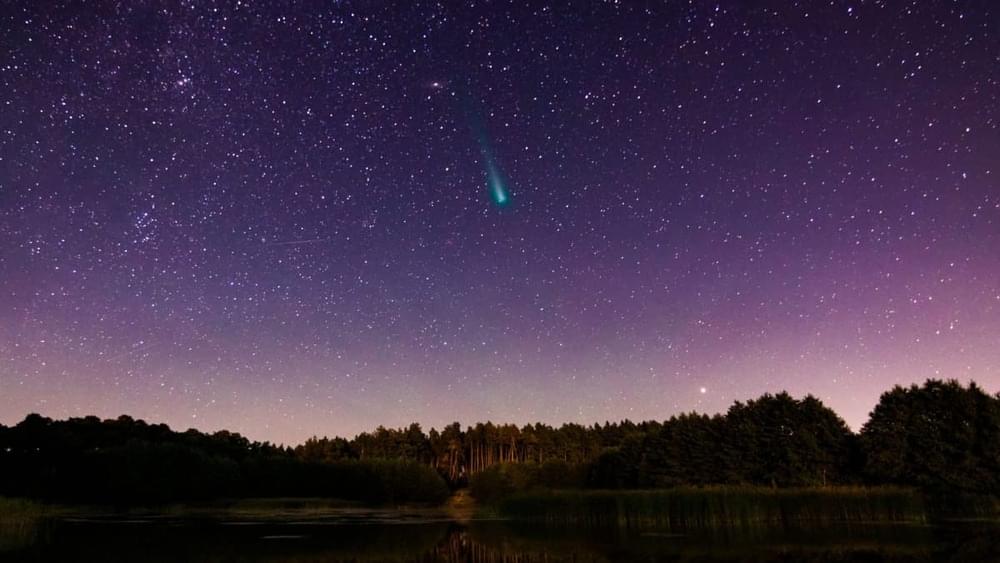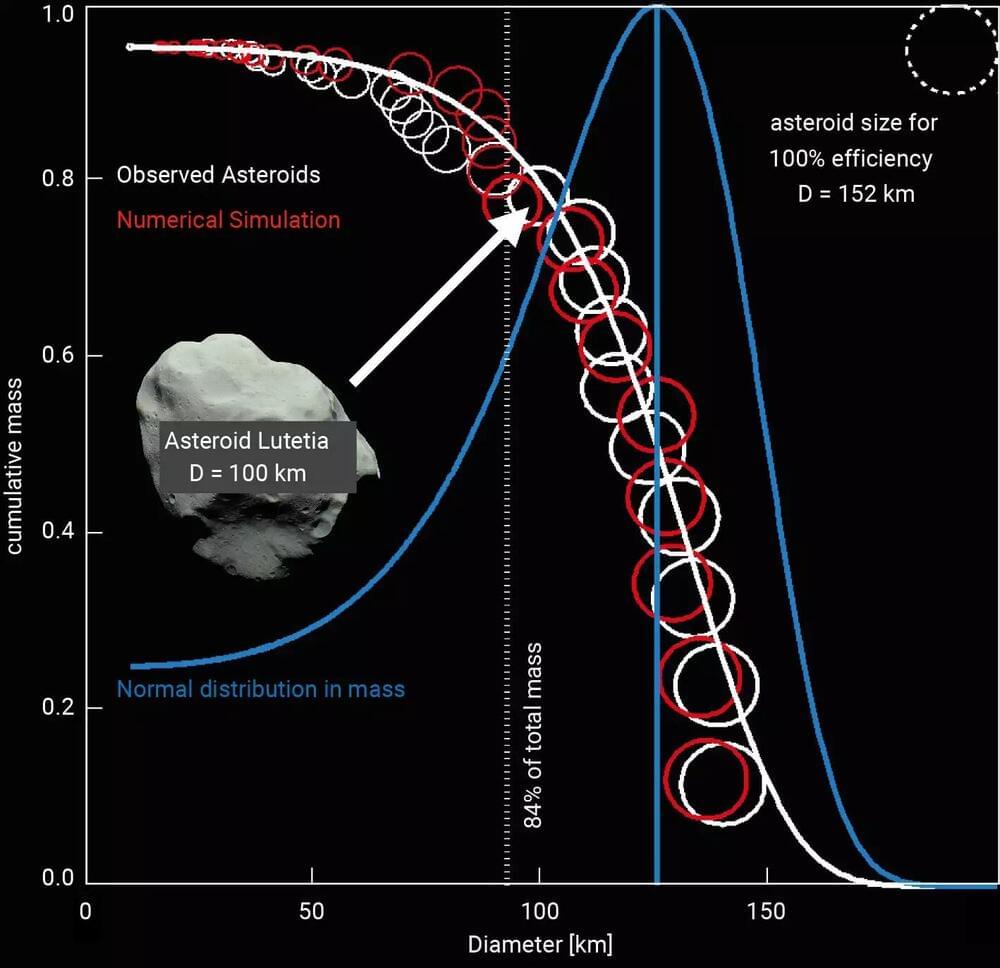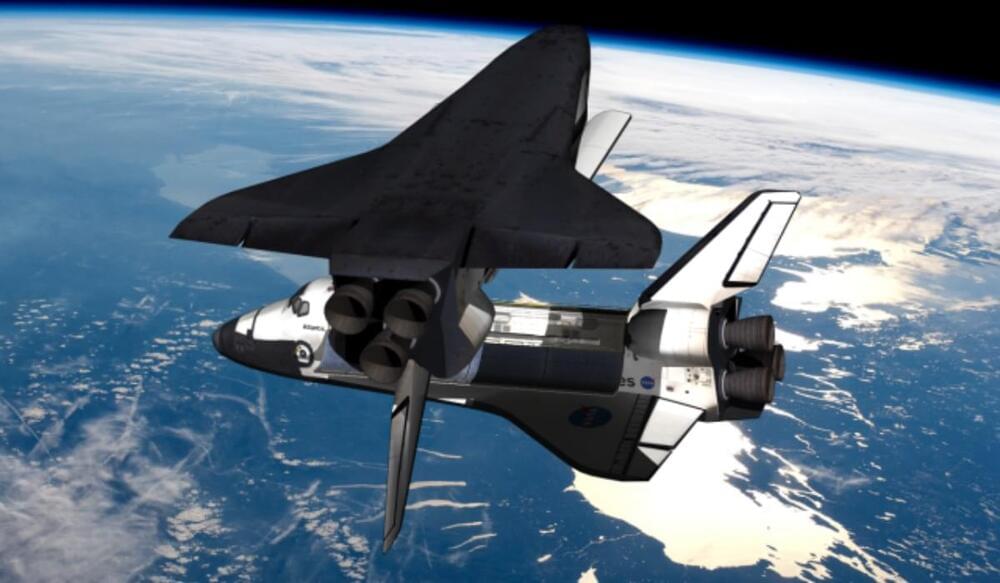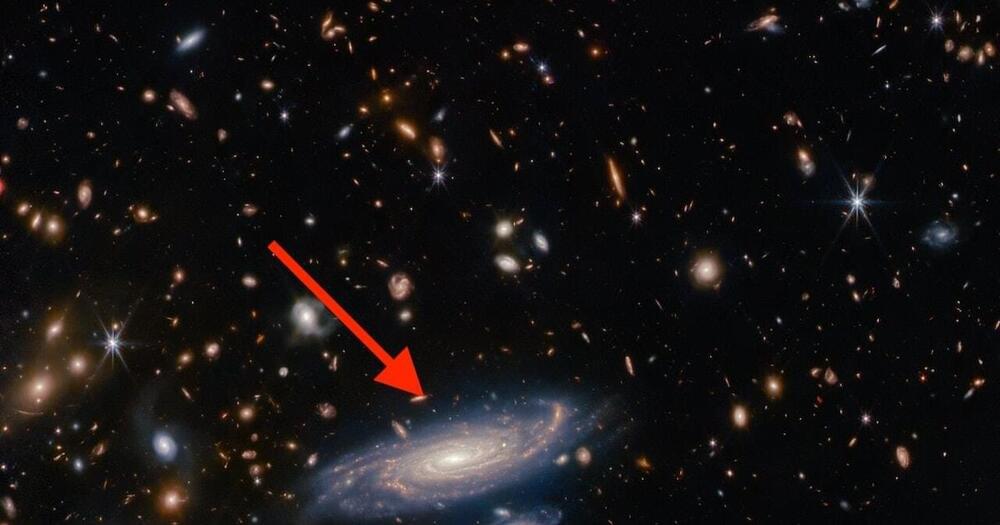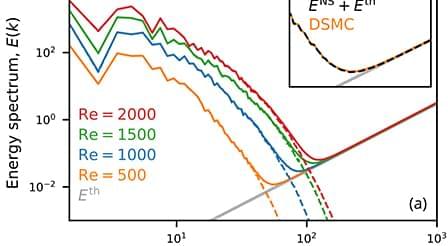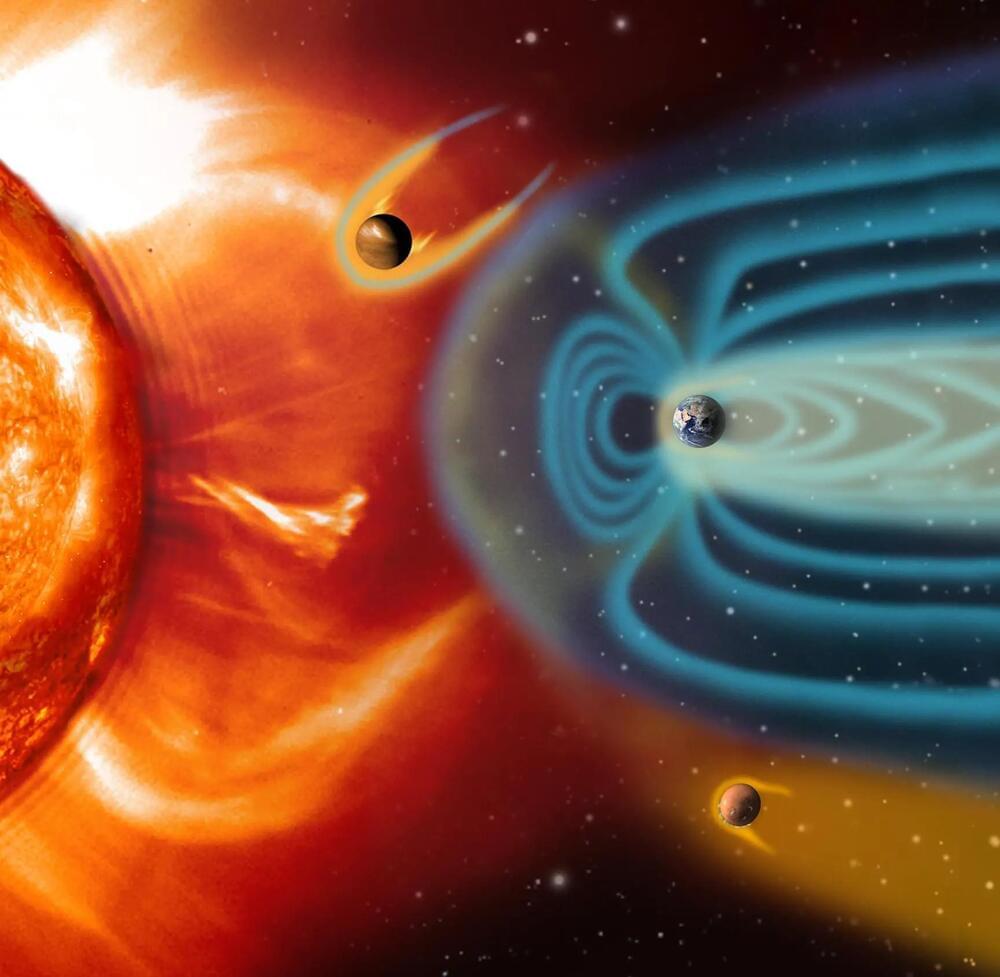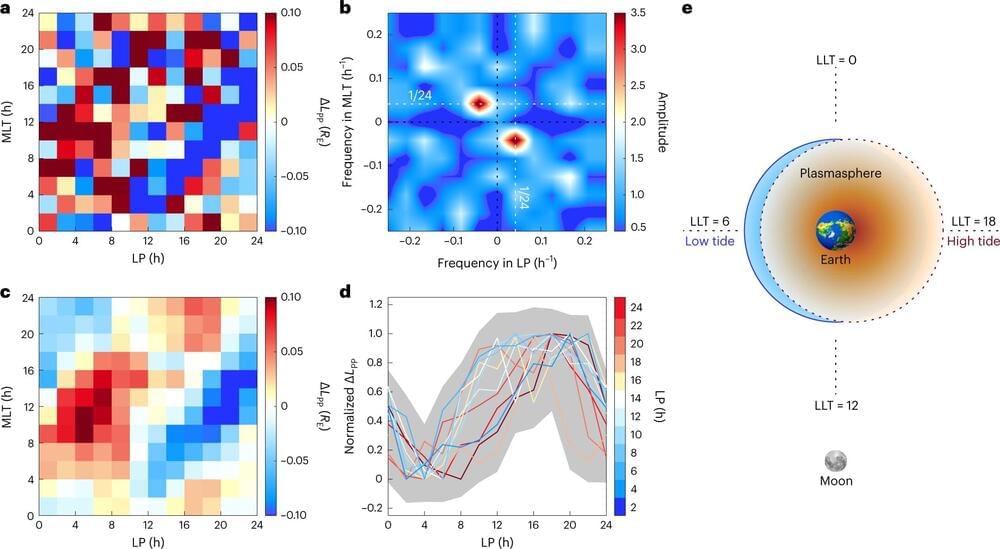
An international team of space scientists reports that the moon exerts a tidal impact on the plasmasphere. For their paper published in the journal Nature Physics, the group used data from multiple spacecraft over a nearly 40-year period to measure tidal perturbations in the plasmapause. Balázs Heilig, with the Institute of Earth Physics and Space Science, in Hungary, has published a News & Views piece in the same journal issue, explaining the nature of the plasmasphere and outlining the work in this new effort.
Early scientists found a connection between the tides and the movement of the moon thousands of years ago. More recent evidence suggests the moon’s pull acts on the ionosphere as well. In this new study, the researchers wondered if the moon might also have an impact on the plasmasphere.
The plasmasphere is a toroidal mass of plasma that surrounds the Earth. It lies beyond the ionosphere and is made up mostly of electrons and protons. Its particles are charged by the ionosphere, and its outer boundary is known as the plasmapause.
